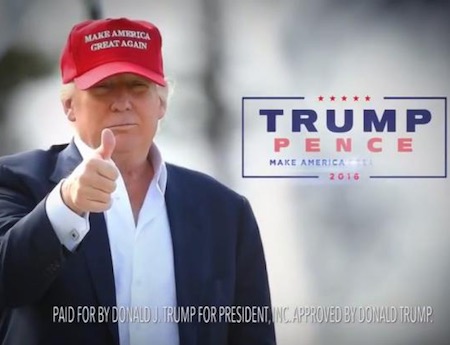TVB Forward Greenlights Local TV

Despite a drop in political ads, car sales peaking and all kinds of audience measurement-related issues, things are looking up for local TV, according to industry insiders in New York last week for the TVB’s annual Forward Conference.
“Broadcast is healthy,” said Marcy Ryvicker, a Wells Fargo industry analyst, adding that the medium is holding its own with stakeholders even as new competitors including streaming services threaten its dominance.
“Broadcast is a key asset in this ecosystem,” Ryvicker said at the Sept. 29 event, noting that over-the-air TV is far and away the most effective means of advertising. “If TV didn’t matter, then why is Donald Trump raising $140 million, most of which he will spend on television?”
That fervent belief in the broadcast business was a theme throughout the day-long conference, which drew the breadth of industry types—station group execs, sales teams and analysts among them.
Although discussion revolved around the challenges local TV faces, ranging from the unorthodox political year—i.e. Trump’s lack of ad spending—to the onslaught of digital competitors, the gathering focused on moving the industry forward despite them (hence, the conference’s name).
Presenters returned time and again to the overarching theme that local TV still rules—and will continue to.
Ryvicker said there are a number of factors contributing to broadcast television’s healthy prognosis, including a forecast that calls for continued high single-digit growth in retransmission consent fees; investment opportunities stemming from the spectrum auction, including consolidation; and new revenue streams that will be created when ATSC 3.0, the new broadcast standard, is adopted.
Broadcasting & Cable Newsletter
The smarter way to stay on top of broadcasting and cable industry. Sign up below
And although political ad forecasts for the year have dropped from the original $3.3 billion, new estimates of $2.65 billion to $2.8 billion are nothing to sneer at, presenters said. Local TV would still be getting more than half the amount of money campaigns are expected to spend on advertising this season.
There could even be an upside to a slowdown in the car industry—local TV’s biggest advertising sector—after seven yearsof consecutive growth, saidSteven Szakaly, chief economist for the National Automobile Dealers Association.
Increased consumer incentives, as well as ads to promote them, could be on the horizon, Szakaly said. Although spot TV could lose dealer ads to digital platforms and the targeted ads they offer, TV is still the best medium for car manufacturers to reach consumers, he said. “Nobody is debating about broadcast,” added Steve Passwaiter, Kantar Media VP and general manager.
For example, roughly 70% of TVB members said they consider the lower-than-expected political spend this year “a fad” rather than the new normal.
“Here’s what’s changed: Trump,” Passwaiter said. “If we took ‘unprecedented’ out of the English language, we would have nothing to say about this presidential election.”










